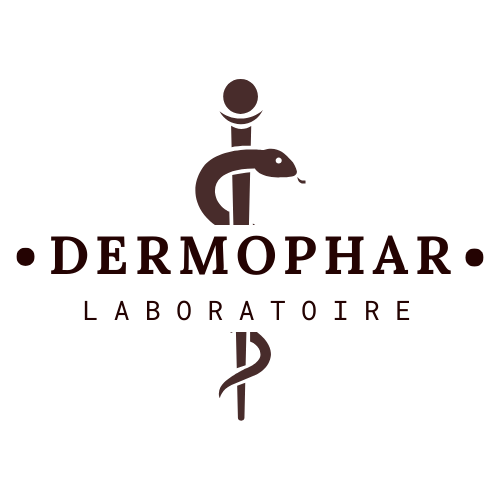Entrepreneurship & Strategy
Cosmetic labelling: what are your obligations?
Cosmetics labelling: mandatory information to know by 2025
European regulations, François law, AGEC law... Take stock of your obligations!
The world of cosmetics is at the crossroads of science, well-being and regulation. Behind every cream, shampoo or serum lies a rigorous legal framework designed to protect the consumer. If you're just starting out in the world of cosmetics, or if you simply want to better understand what you're applying to your skin, it's essential to know the mandatory information on cosmetic labels. Here's an overview of the requirements in force in 2025.
What is cosmetics labelling?
Cosmetic labeling refers to all the information provided on the packaging of a cosmetic product (primary or secondary packaging). It guarantees the transparencythe operating safety and the traceability of the product. This information is governed by the European cosmetics regulation (EC) n°1223/2009 and other texts such as regulation (EU) n°655/2013 on claims.
Mandatory information on cosmetics labels
1. Product name and function
For example: "Moisturizing cream", "Strengthening shampoo". This makes it easy to understand the product's purpose.
2. Nominal content
The weight or volume (expressed in grams or milliliters) must be visible on the packaging.
3. Ingredients (INCI list)
It must be complete and follow international nomenclature. Where it is impractical to display it on the product (e.g. small containers), it may be shown on an accompanying document, indicated by an open-book pictogram.
4. Name and address of responsible person
This person, located in the EU, is the official contact in the event of a problem or adverse reaction.
5. Country of manufacture
If the product is manufactured outside the European Union, the country of origin must be indicated.
6. Batch or reference number
Indispensable for traceability in the event of a product recall or incident.
7. Precautions for use
They should provide information on conditions of use and any restrictions (e.g. avoid use around the eyes).
8. Expiration dates or use-by dates after opening
-
Minimum durability date (if < 30 months), preceded by the words "Best used before..." or an hourglass.
-
PAO - Post-opening period (if > 30 months), indicated by an open jar symbol (e.g. "12M" for 12 months).
Receive our free complete guide to cosmetics labelling
Cosmetic labelling and claims: compliance is a must
Claims (e.g. "paraben-free", "with hyaluronic acid", "moisturizing") are closely monitored. They must :
-
Be true and proven by scientific testing.
-
Corresponding to a active concentration of the highlighted ingredient.
- Corresponds to a group of ingredients that is difficult for consumers to identify (e.g. mineral oils).
-
Do not mislead the consumer.
-
Comply with the criteria set out in Regulation (EU) n°655/2013.
A valued ingredient cannot be present in token doses or as an "alibi ingredient".
The Triman logo and sorting information: a mandatory addition since 2023
Since March 9, 2023, the AGEC law (Anti-Gaspillage et Économie Circulaire) has made theinfo-tri on all household packaging. Visit Triman logo as well as sorting instructions (glass bin, recycling bin, etc.) must be clearly visible. Minimum size: 6 mm.
Are you developing your cosmetics product or range? Read our article dedicated to cosmetics development. How do you develop a best-selling dermo-cosmetic product?


